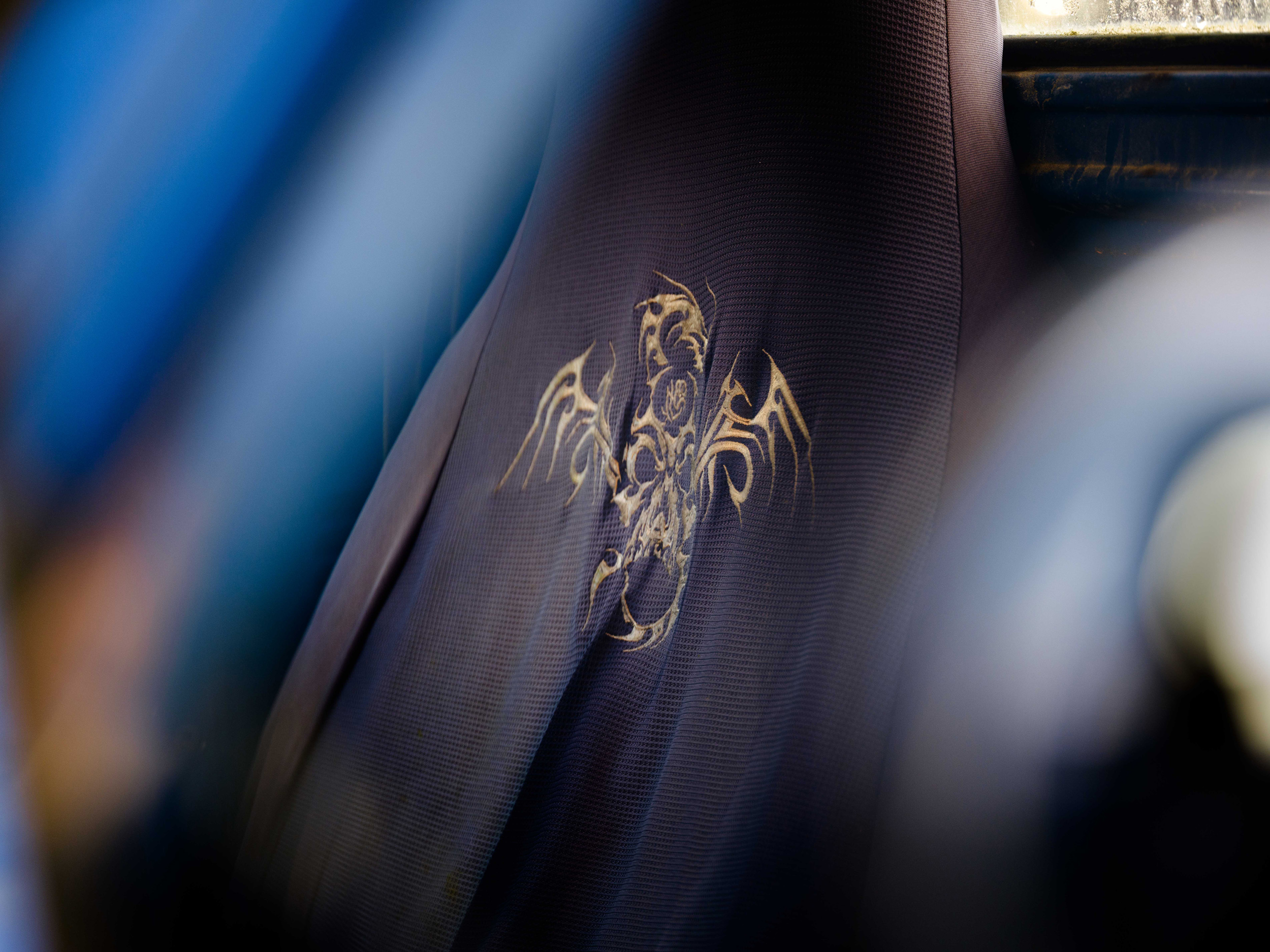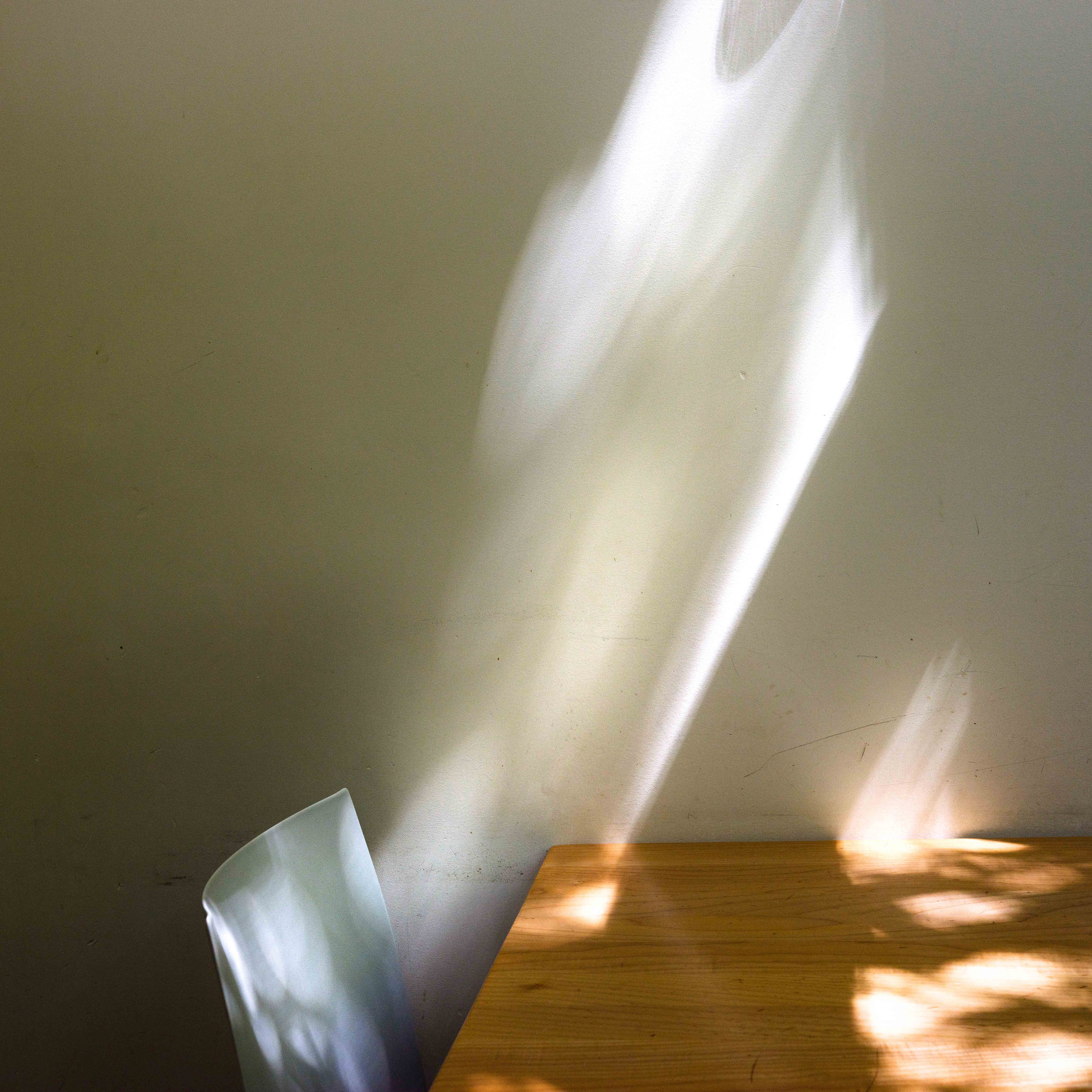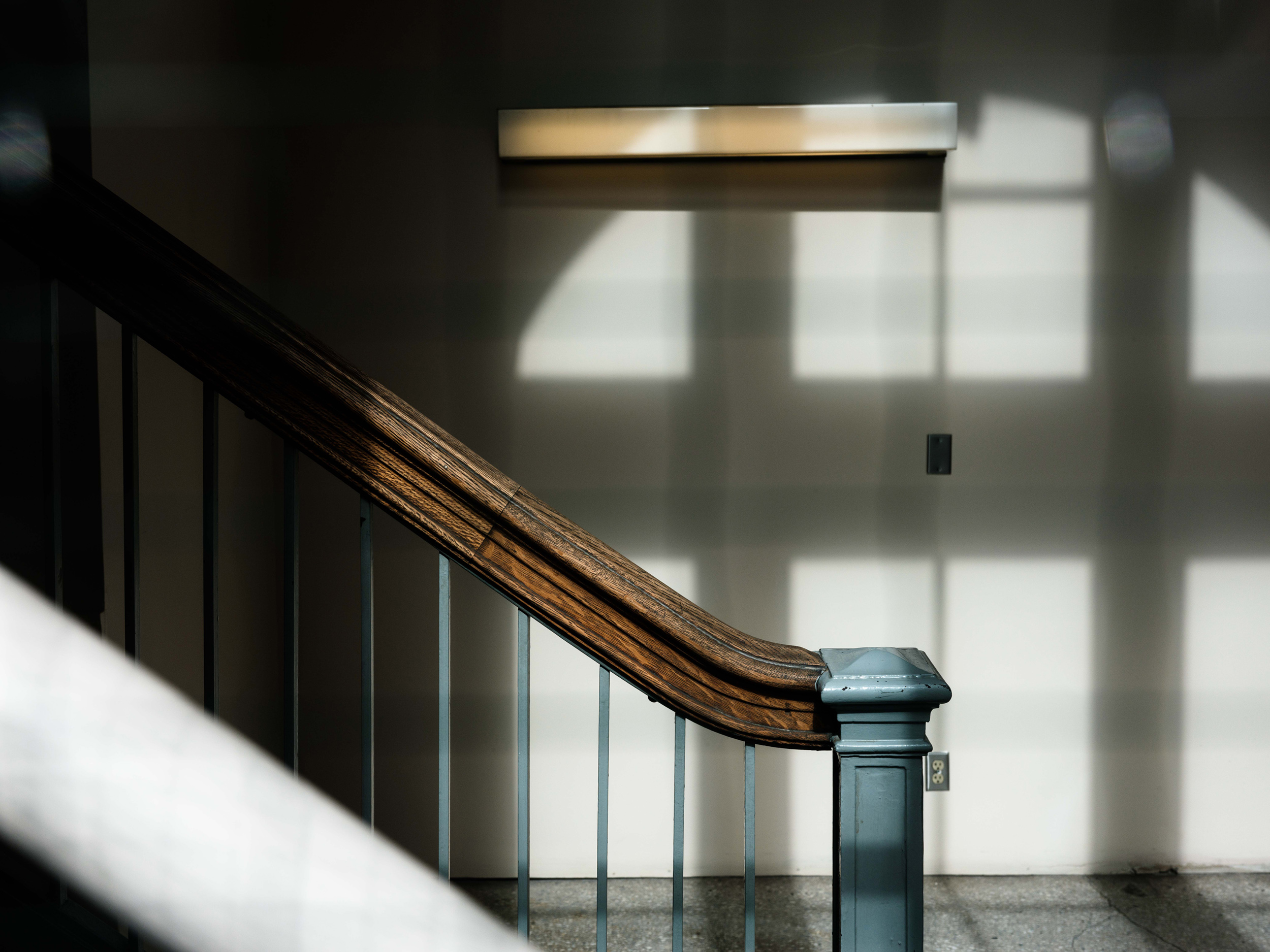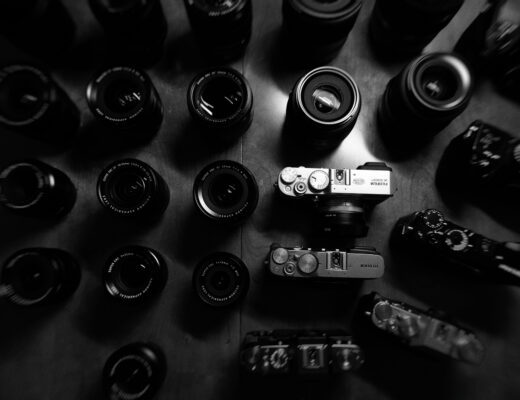When I was shooting with the X-series cameras, mostly the X100-line, I really enjoyed the high-contrast imagery with the deep blacks, which played an important role in my photography. Over time, this type of shooting and then post-processing has become my trademark.
This all changed when I started shooting medium format. It didn’t happen right away, and I wasn’t initially aware of this change. In fact, when I started working with the GFX50S I applied the same post-processing presets which had worked for me over the years when I was shooting with the X-series cameras.
Before I continue, I have to explain my post-processing approach. I don’t spend too much time on post-processing. I only use Lightroom, the program in which I created five major presets based on Fujifilm film simulations: Classic Chrome, Velvia, Standard, Negative Pro and ACROS. Once I apply these simple presets most of my post-processing is done, including sharpening and minor Tone Curve adjustments. I am well aware that this whole process could be done much better; for example, sharpening should be applied last or using much more sophisticated software such as Topaz Labs sharpening tools, but for me time savings and simplicity are of prime importance.
Therefore, when I started shooting with medium format cameras, mostly GFX50S, I immediately transplanted the post-processing methods from my X-series. They worked quite well. Over time, however, as I became more familiar with medium format files, I made some diverting discoveries. Some of my files looked as if they were over-processed. They simply looked unnatural as if they were knock-offs of secondary images. Clearly, something was off.
My personal investigation began. The best way to approach the problem was to take a file and post-process it from scratch and that is when I noticed the first key difference. Although files from my X-series cameras were clearly in need of some intervention, the files I was getting from my medium format camera had already commanded the screen before I had even touched them. Then I started applying the same sliders and settings but to a lesser degree. In fact, I moved the sliders so carefully it was as if they were infected with the virus. I quickly realized that my setting levels were way too meaty when applied to medium format files. For example, I didn’t need as much sharpening as in the case of files from the X-series.
One of the most important differences (other than of course a much larger sensor) between the X-series cameras and GFX-series is that they use a very different sensor and I am not talking about the size. The X-series houses a X-Trans sensor with a unique mosaic but the GFX-series cameras use a more traditional CMOS sensor with a well-known and widely used demosaic formula. There has been a lot of talk about this issue—you can easily find information about the differences between both in the archives of the Fujilove website.
Going back to my post-processing, one of the key discoveries was in regard to the transition areas between blacks and whites, shadows and highlights. In other words, I noticed that, thanks to the sensor’s extended dynamic range and tonality, I could depict light in more dimensions. A new sort of grey area appeared. I call them transition strokes when light changes, bends and submerges into coexisting elements in the image. In most cameras, this metamorphosis is rather abrupt and loud. In the medium-format camera, it takes the form of “melting” as if there was no border—no beginning or end. Your eyes wander without interruption between shadows and highlights. This allows the photographer to blend light and shadow in a more visually appealing way. Think about your wedding cake. Sometimes your cake decorations have only a few clearly visible items on the top. Other cakes have a much richer colour palette and a more nuanced taste. Of course, once the wedding party is well underway your guests won’t notice the difference (I am talking Facebook here) but those few guests who appreciate fine flavours will take notice.
In practical terms my previous approach of obliterating these transition areas into a sharp-edged and clear-cut borderline totally missed the point of shooting medium format. Curious and challenged, I started to examine those areas and leave them mostly untouched. My Tone Curve has now become much gentler and less “S” like. Vast, dark negative space was replaced with visual elements which played a similar role.
The same changes applied to sharpening (less of it) and some other sliders I just use occasionally. The whole experience made me create brand-new presets with a much gentler approach. To summarize, whether you sharpen your medium format files or use the contrast or clarity sliders, less is more in medium format. Since you’ve invested so much in great gear, let it show! Don’t destroy the beauty of the files with over-processing.
Interestingly, these changes have altered my approach to photography. As high-contrast imagery has become more and more popular, it was time for me to move on and experiment with less contrasting imagery. In the end, this journey has altered my visual interests and let me shift my photography in a new direction. It is not that it is better, but it is definitely different.


























